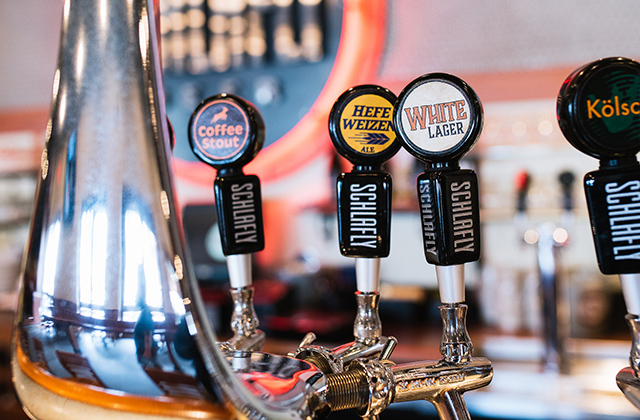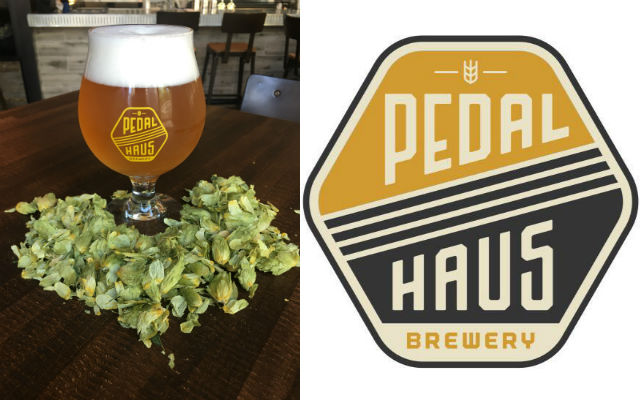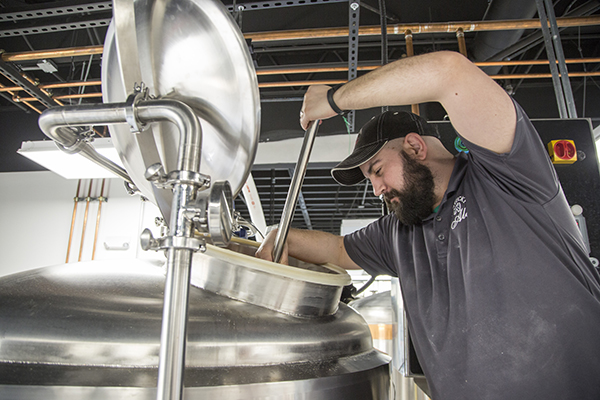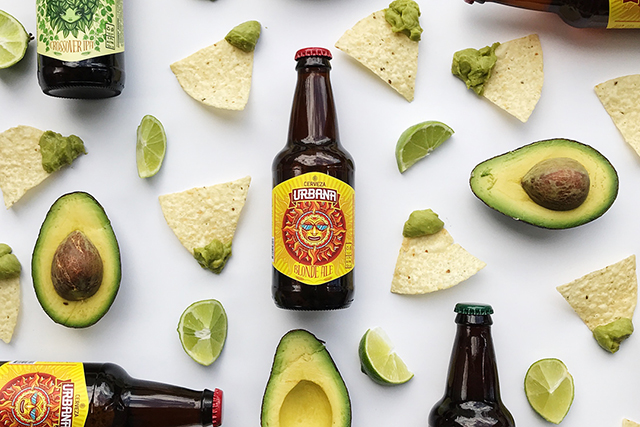
Finding new ways to influence consumer purchasing power, Schlafly Beer has turned to beacon technology to find what CEO James Pendegraft says is an intimate way to engage its fans.
Placing beacons on tap handles — called TapTalkers — in 50 on-premise accounts throughout the St. Louis, Missouri area, Schlafly began on April 1 by alerting consumers that have downloaded its app that they are near the brewery’s products. Consumers can also use the app as a GPS of sorts to find local tap handles as well.
“Tap handles have been made to stand out to make a difference,” Pendegraft said. “This is another layer and connection to a consumer in one the most intimate ways. We can connect to them through their phone. And it’s not connecting with them while they are sitting on their couch at home or driving to work, it’s when they are walking into a bar. That’s the most opportune time to help influence their decision, when they are getting ready to drink. We think it’s a powerful opportunity.”
Schlafly, teamed with beacon makers Juxtad, which will expand on its proximity marketing to 250 beacons by the end of May 2016. It’s a good number of beacons for the market size said Juxtad co-founder Martin Howell.
“The beacon is a brand ambassador. It’s low cost and high impressions,” Howell pointed out. “We think that can be really cool and craft beer is a fantastic place to play this out.”
Using a combination of the app, Bluetooth technology and an opt-in for a location finder on a iOS platform, Schlafly consumers can be alerted when they are near a location with the brewery’s beer, or even other directed campaigns put on by the brewery, which was founded in 1991 and produced more than 60,000 barrels last year.
Although it is tough to quantify the number of users that have their Bluetooths on and will allow the app to turn a locator on, Howell suggests it will be a high percentage since the app users will be fans of the brewery and want the information.

“As Bluetooth has become ubiquitous it’s been more common for people to have it on,” he said. “People want to experience these things. This is not a app that people use around the country. This is for a Schlafly beer drinker that will know that this can be a part of their drinking experience. Being engaged is a part of that campaign”
Although beacons have been used in Europe, the TapTalker beacons are a first in the U.S.
The first campaign launched by Schlafly is called “Do Your Part and Have a Pint,” a call-to-action for the consumer to buy its beer and the brewery will donate $1 for every pint purchased until April 24. App users are notified of the campaign and directed to a page on the app to read about the campaign. A link is also provided for the St. Louis Earth Day website.
“Every single bar, restaurant, and tavern across the U.S. may have a different look or footprint, but the experiences at taps are the same,” Pendegraft said. “People go to the bar, the handle is pulled and this allows very consistent campaigns around that experience. We can tell how close the consumer is to the bar, which zone they are in, are they moving to it or away. Depending on what our campaign is, it gives us predictable variability. If the beacons were scattered through the bar, it would be an inconsistent experience.”
Pendegraft already has plans for the beacons, including a possible scavenger hunt that could last a month with various accounts holding each different letters to spell out words. When users get all the letters, they could be entered into a drawing.
“We can give them anything from a meaningful message or a video of our brewers talking about tasting notes of our new farmhouse IPA,” Pendegraft said. “It could be the deciding factor in what that consumers chooses.”
He also suggested that a responsible drinking message could be sent to a user that has spent a lot of time near the beacon. That user could be sent links to a local cab company or Uber.
“As a marketer, the wheels are turning on what we can do,” Pendegraft said.
The beacon has a power setting, Howell said. It could be set to reach outside the on-site premise or just close to the tap handle. It can be changed for each campaign as well.
Reaching Millennials, who spend more time on their phone that watching TV said Howell, is a part of this technology. He gave stats that indicate that campaigns like the beacon and app could leave impressions on consumer 13 to 16 times more effective than other ways of advertising.
“They are standing in the location and they are hit with this brand message,” he said. “It’s much more straighter than some traditional advertising methods.”






Be the first to comment